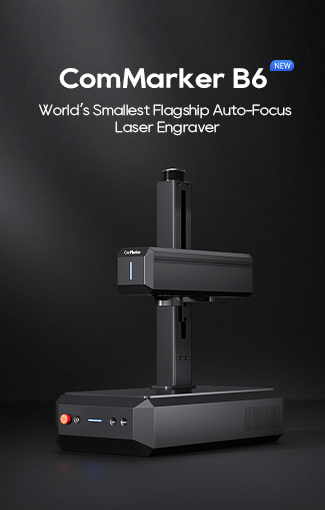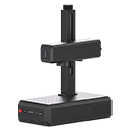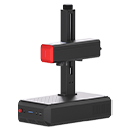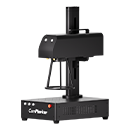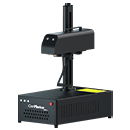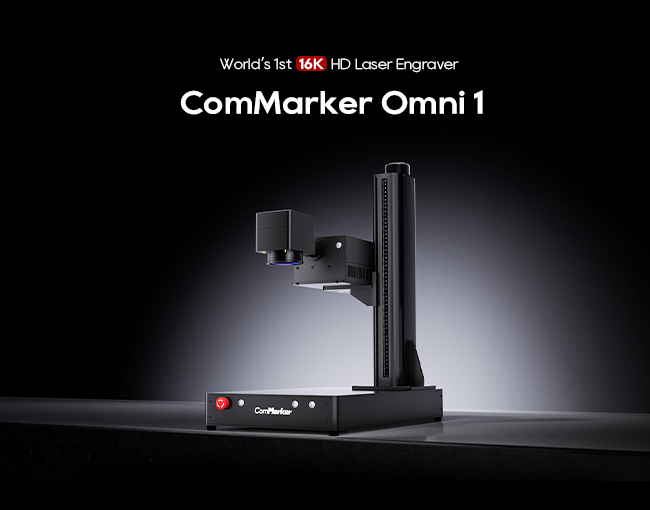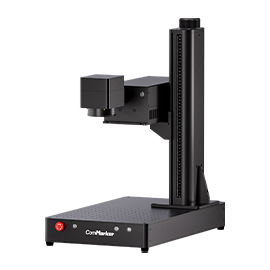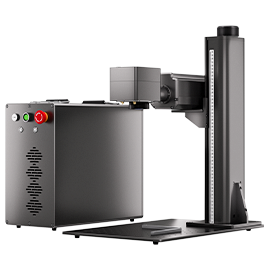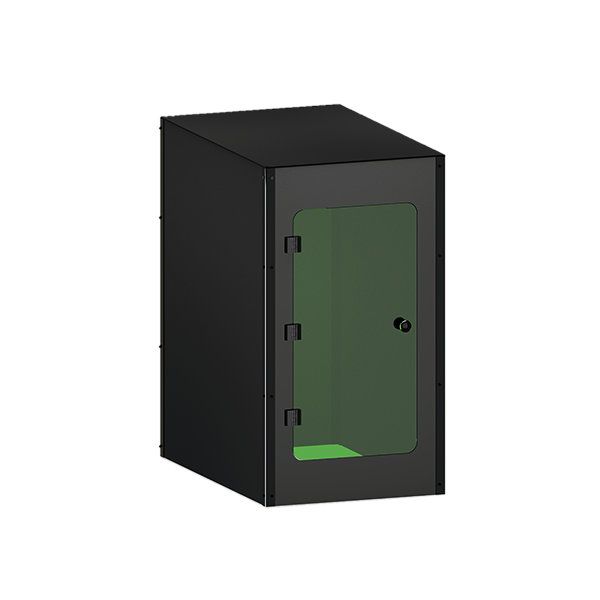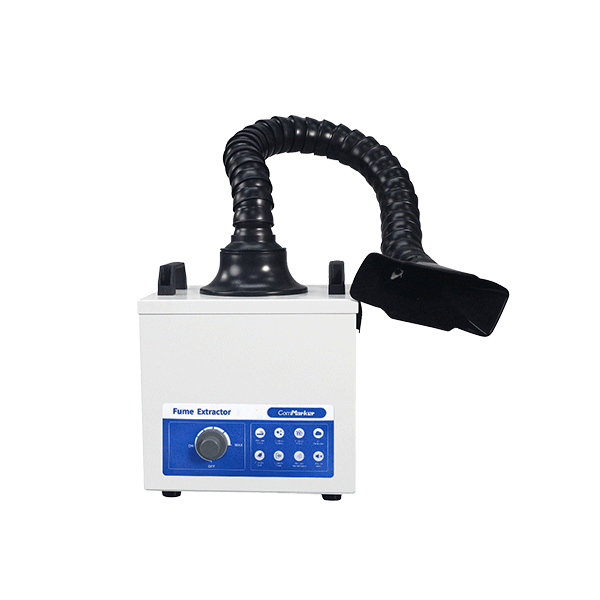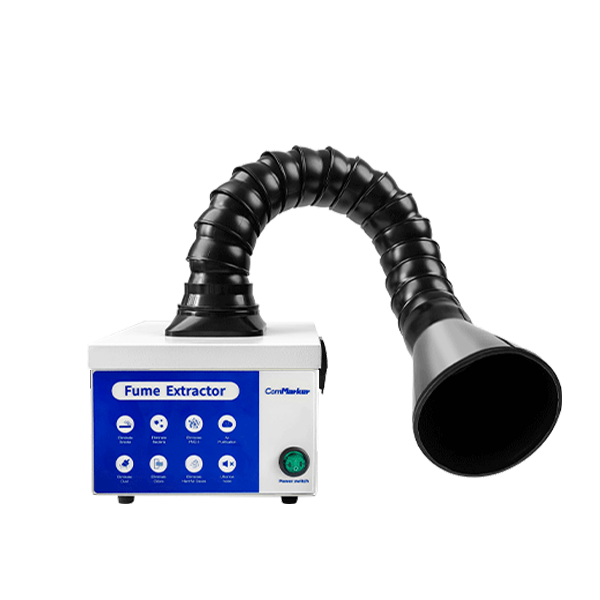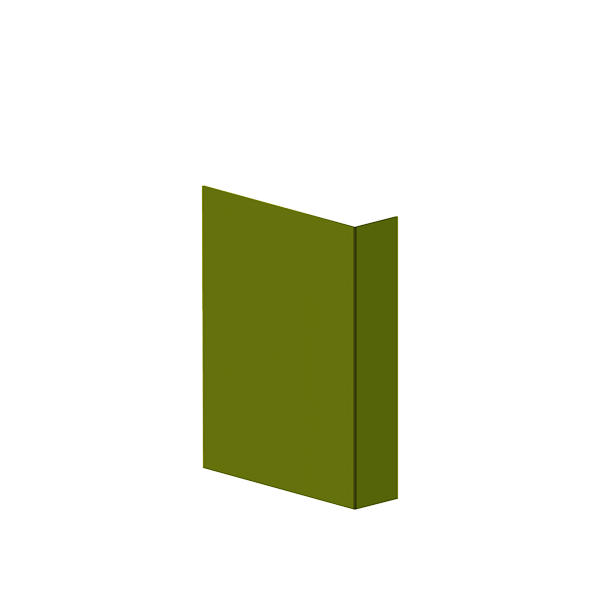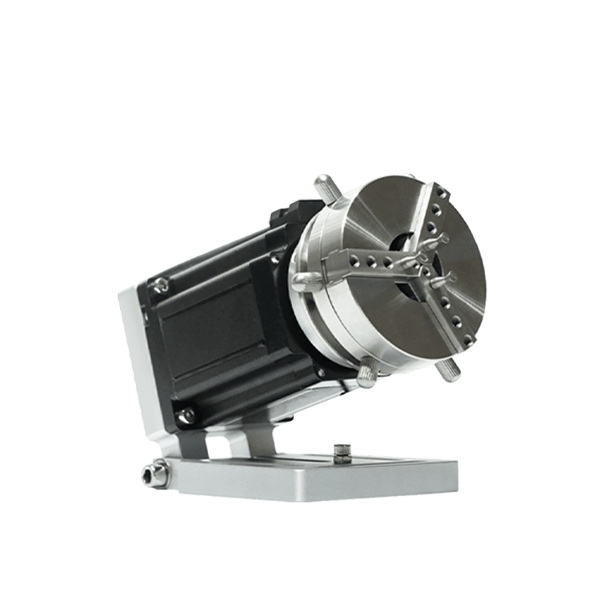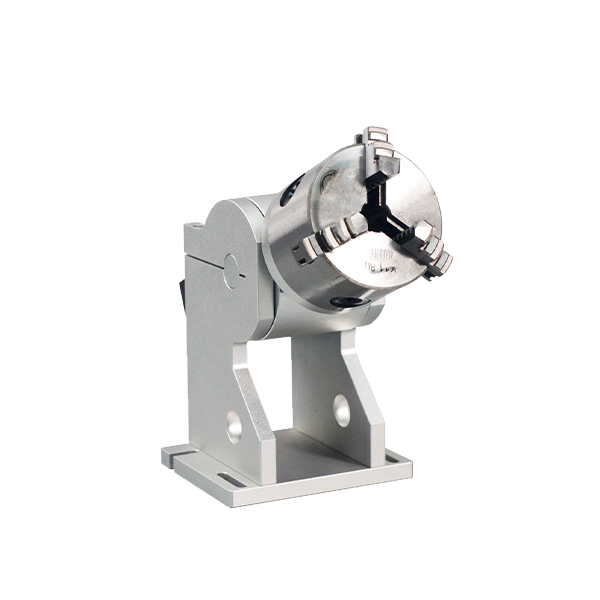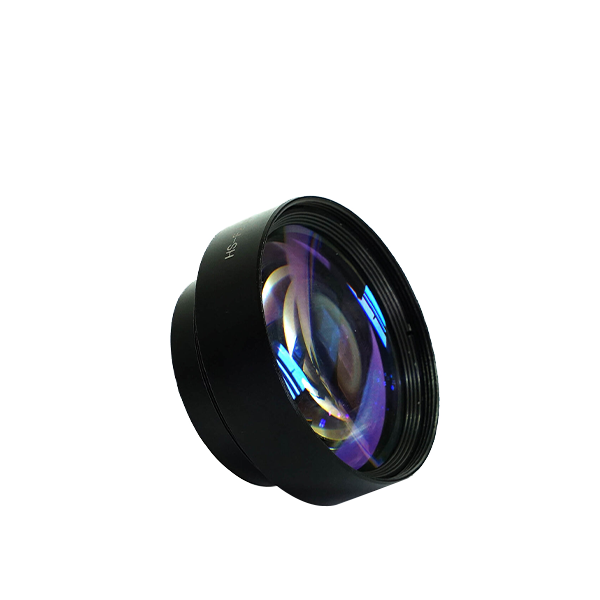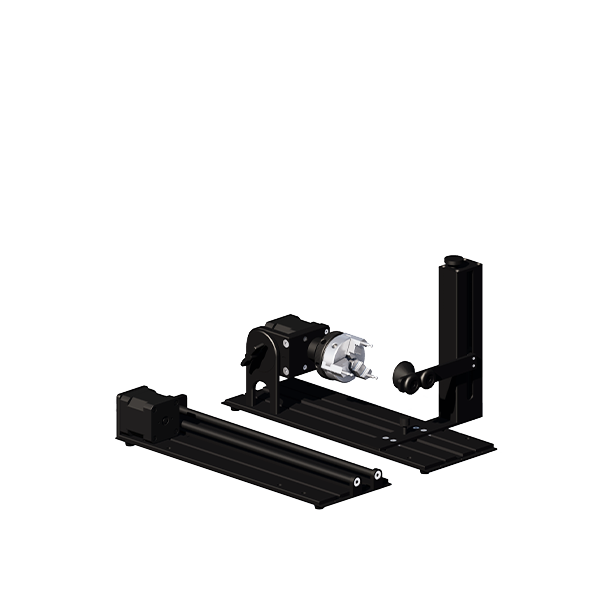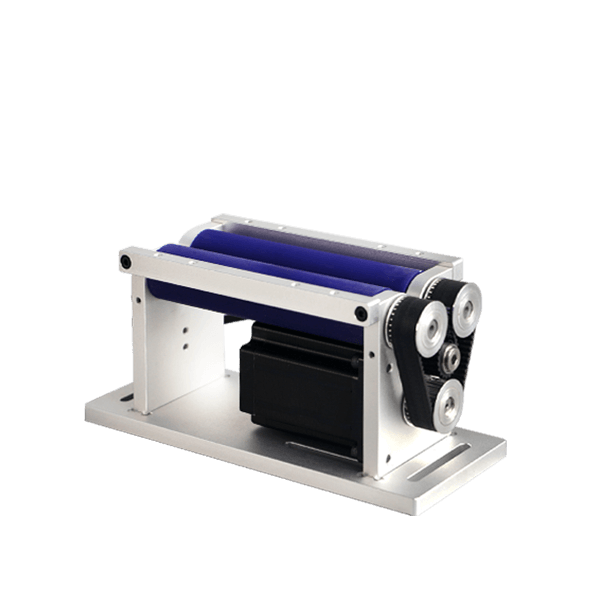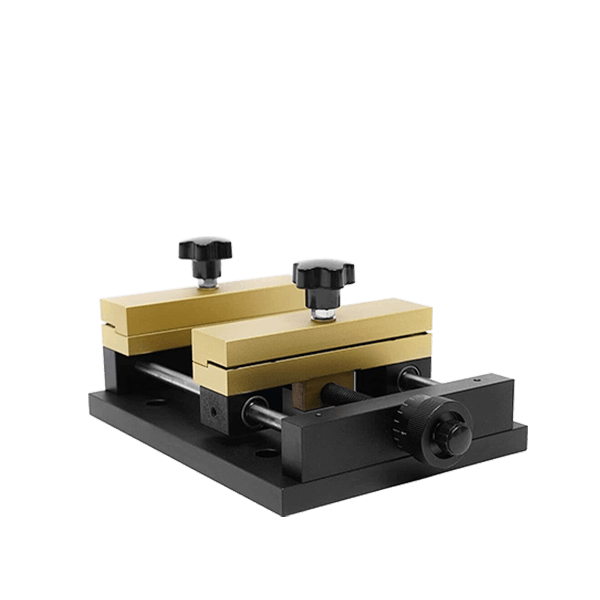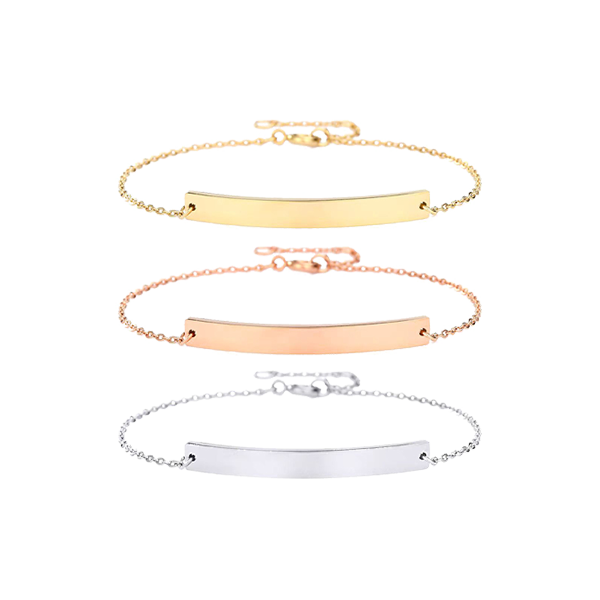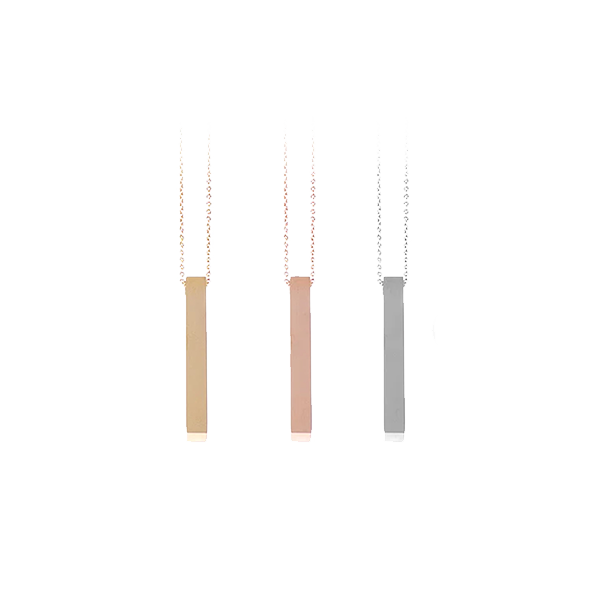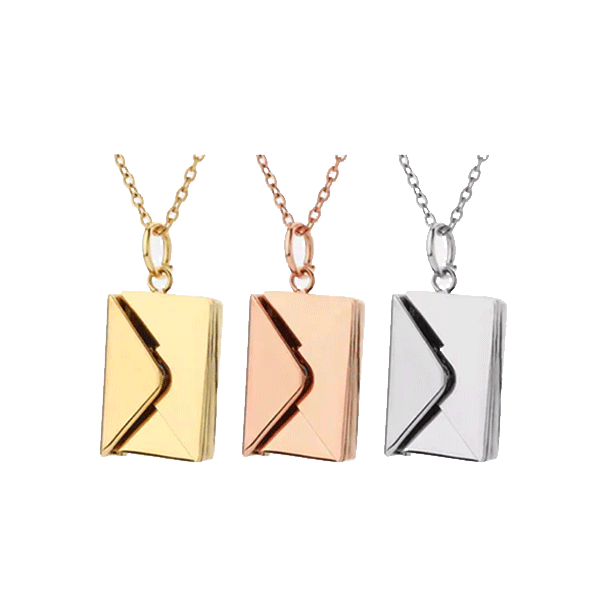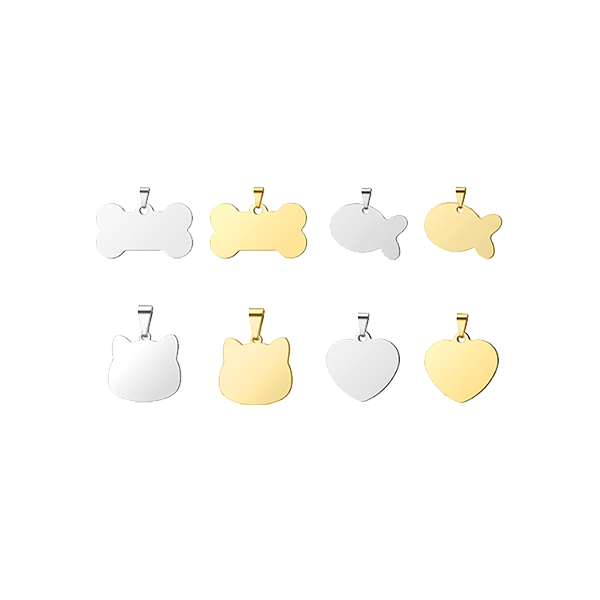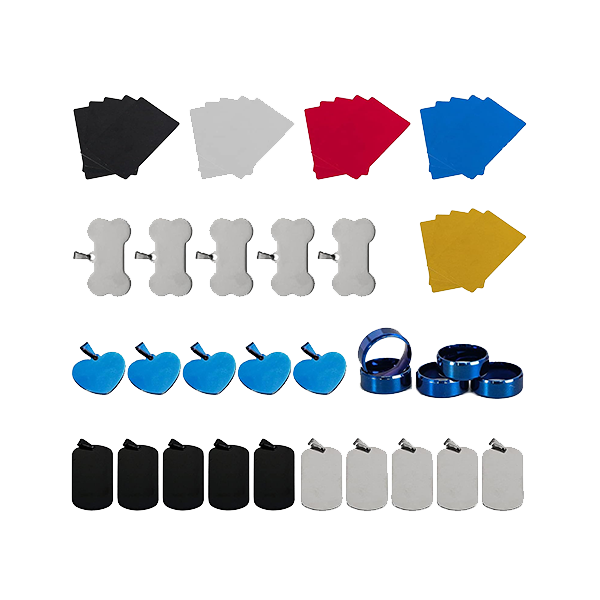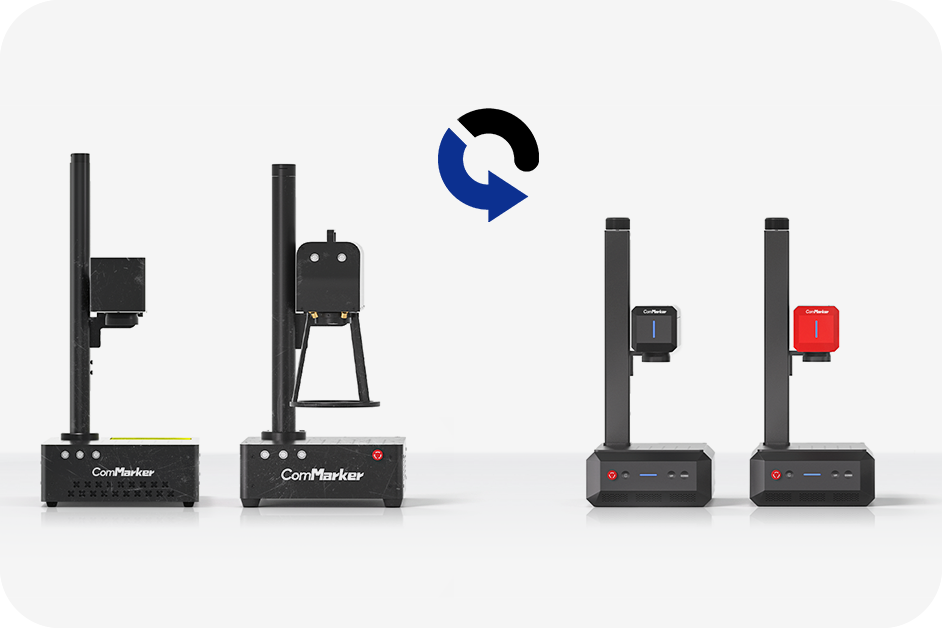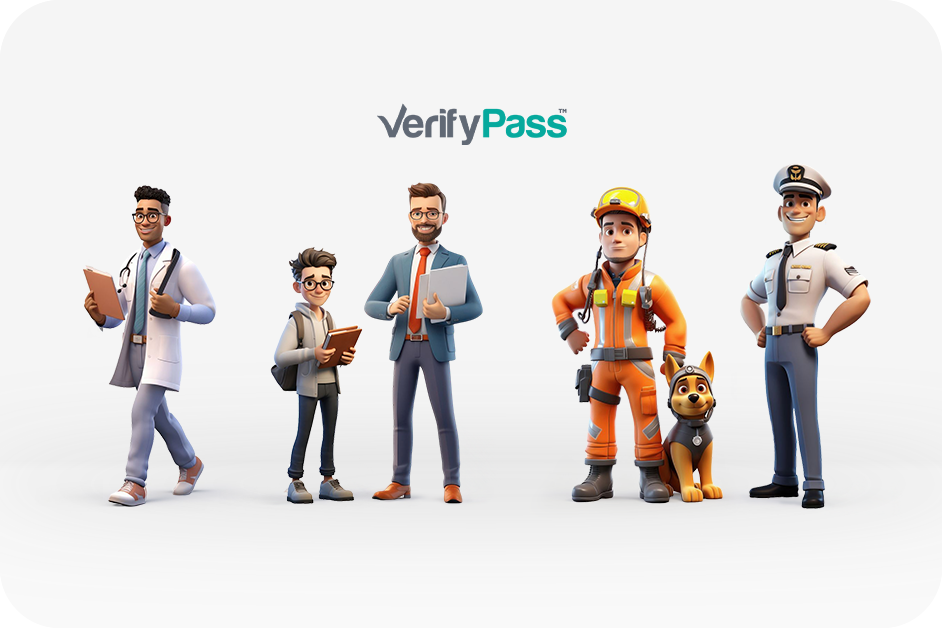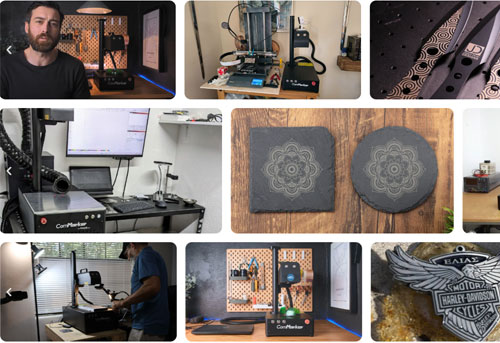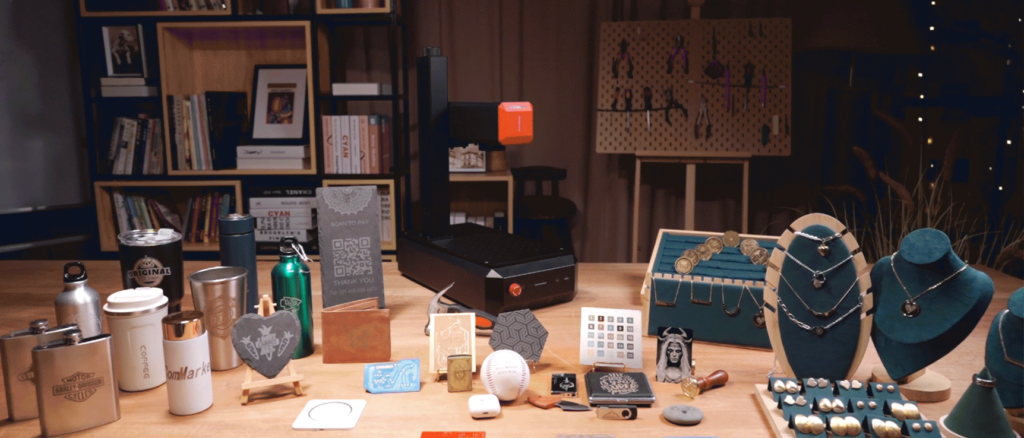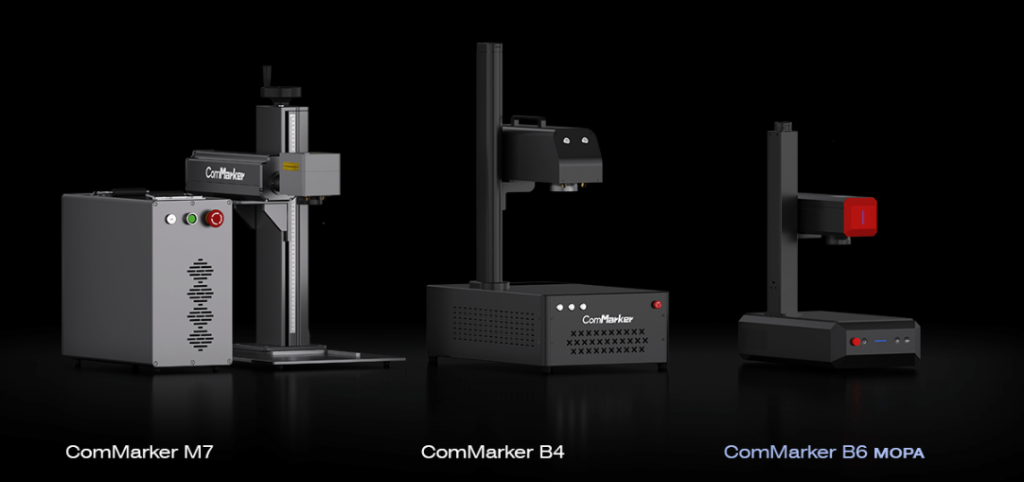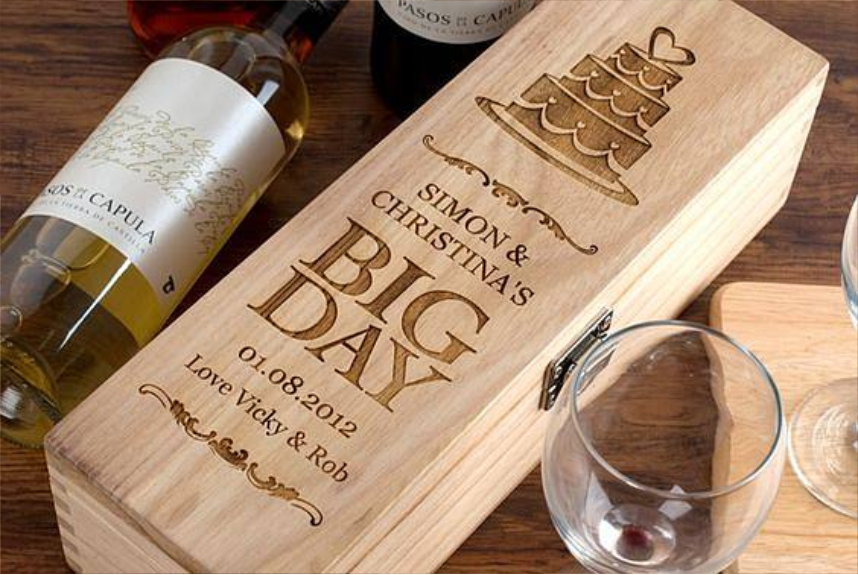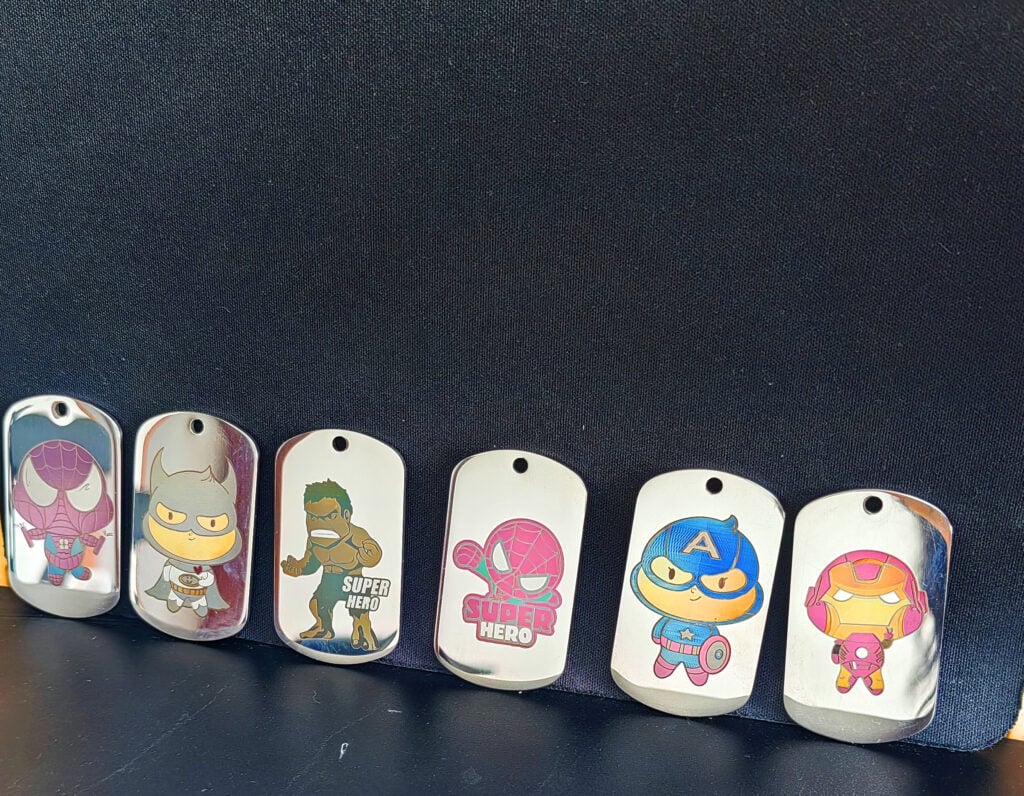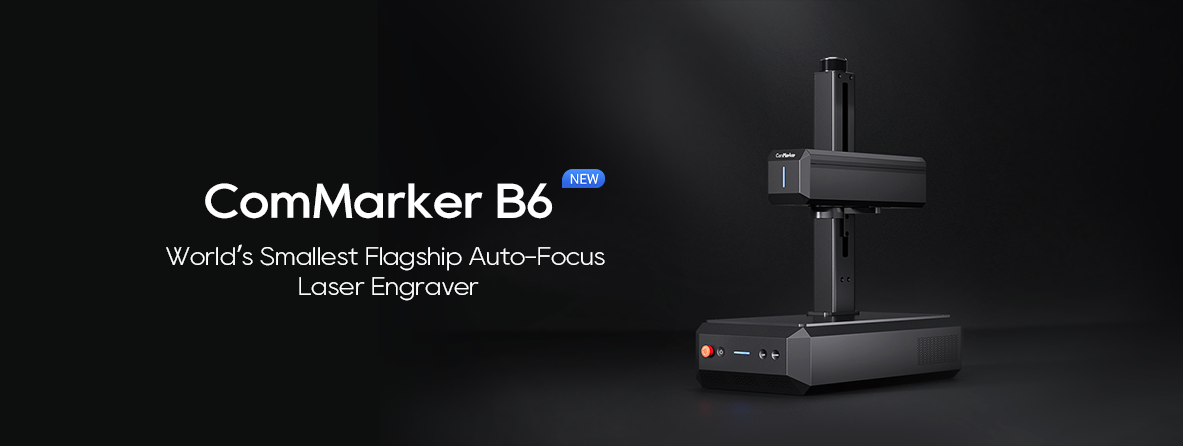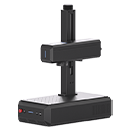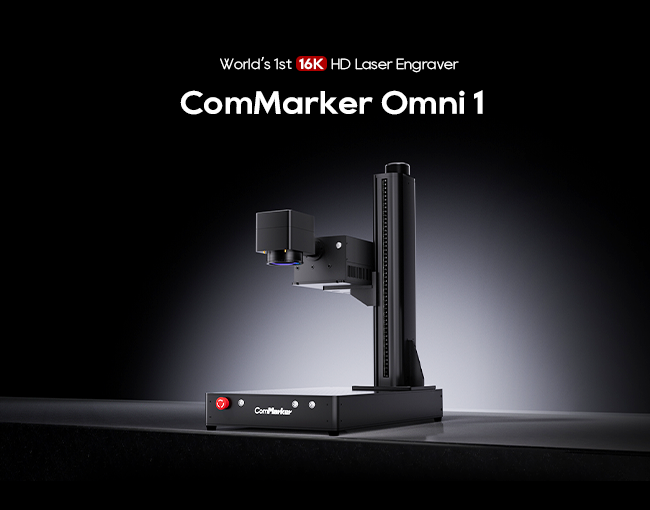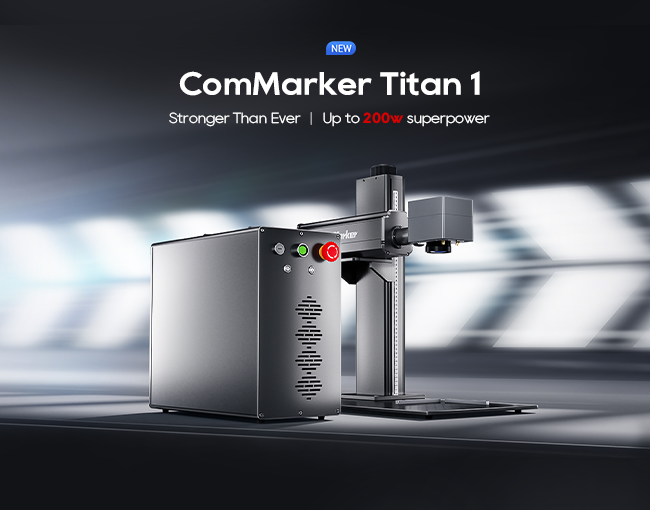If you are a professional engraver looking for the best incisore laser per legno e metallo, you’re in the right place. Laser engraving technology has revolutionized the way wood and metal products are designed and customized. With the right incisore laser per legno e metallo, you can create intricate patterns, detailed logos, and personalized items with high precision and efficiency. In questo articolo, we’ll dive into the different types of laser engravers for wood and metal, the key features to look for, and the best practices to get the most out of your engraver.
What is a Laser Engraver for Wood and Metal?
UN incisore laser per legno e metallo uses a laser beam to carve, taglio, or etch designs onto materials. The engraving process involves high-intensity laser light that burns or vaporizes the material, leaving permanent marks. While laser engraving technology is commonly used for marking metal, it has also proven to be highly effective on various types of wood. Scegliere il giusto incisore laser per legno e metallo is essential for achieving high-quality results, whether you are working on personal projects or industrial applications.
Types of Laser Engravers for Wood and Metal
When selecting the best incisore laser per legno e metallo, it’s important to understand the two main types of laser technology: Laser a CO2 E laser a fibra. Both have distinct advantages, depending on the material you work with.
CO2 Laser Engraver for Wood
CO2 lasers are ideal for engraving wood due to their ability to handle organic materials like wood, acrilico, e pelle. They emit a wavelength of 10.6 micron, which is readily absorbed by wood, allowing for detailed engravings and even cuts.
- Advantages of CO2 Lasers for Wood:
- Great for cutting and engraving both softwoods and hardwoods.
- Suitable for intricate, fine details in designs.
- Cost-effective for smaller businesses or DIY projects.
- Limitations of CO2 Lasers for Wood:
- Less effective for engraving metals.
- Limited depth of engraving for thicker woods.
Incisore laser a fibra per metallo
Laser a fibra, d'altra parte, are more efficient for engraving metal surfaces. La lunghezza d'onda dei laser a fibra (in giro 1.06 micron) is better suited for metals like stainless steel, ottone, e alluminio. They provide high precision and speed when it comes to marking or engraving metals.
- Advantages of Fiber Lasers for Metal:
- Excellent for engraving on a wide range of metals, including precious metals like gold and silver.
- High contrast and long-lasting marks.
- Fast processing speeds, especially for bulk metal engraving.
- Limitations of Fiber Lasers for Metal:
- Not suitable for organic materials like wood.
- Typically more expensive than CO2 lasers.
Key Features to Consider in a Laser Engraver for Wood and Metal
When searching for the ideal incisore laser per legno e metallo, here are some critical features to consider:
Potenza del laser
The power of the laser is crucial in determining how deep or fast the engraving will be. Laser engravers for wood and metal generally range from 20 watt a 1000 watt. Higher power lasers can cut thicker materials or engrave deeper into the surface.
- Per il legno: Tipicamente, a 30W to 100W CO2 laser is sufficient for engraving wood.
- Per metallo: Fiber lasers with a power range of 20W to 100W are effective for most metal engraving tasks.
Precisione e velocità
Precision is key in engraving intricate details, especially for professionals. IL incisore laser per legno e metallo should be capable of fine detail work while also offering high engraving speeds. Fiber lasers excel in speed, especially for metal engravings, while CO2 lasers provide precision for wood designs.
Compatibilità dei materiali
Different types of laser engravers are designed for specific materials. UN CO2 laser engraver for wood is perfect for organic materials, mentre a incisore laser a fibra per metallo is needed for metals. Some machines are versatile and can work with both materials, but it’s essential to verify that the machine you choose is compatible with the materials you intend to work with.
Best Practices for Using a Laser Engraver for Wood and Metal
To get the best results with your incisore laser per legno e metallo, Considera i seguenti suggerimenti:
For Wood Engraving:
- Choose the Right Type of Wood: Softer woods like pine or birch work best for laser engraving because they produce cleaner cuts.
- Adjust Speed and Power Settings: Too much power can burn the wood, while too little power might not cut through properly. Test different settings before engraving on your final piece.
- Use Ventilation: Always ensure proper ventilation when engraving wood to avoid inhaling smoke and fumes.
For Metal Engraving:
- Pulisci la superficie: Metals should be clean and free of grease or oil to avoid inconsistencies in the engraving.
- Metti a fuoco il laser: Correctly focusing the laser ensures sharp and detailed markings.
- Use Engraving Paste: For enhanced contrast, consider using engraving paste on metals. This will help the engraving stand out more clearly.
Troubleshooting Common Issues with Laser Engravers for Wood and Metal
Even professionals encounter problems with their laser engravers for wood and metal from time to time. Here are some common issues and solutions:
Issues with Wood Engraving:
- Burn Marks on Wood: This usually occurs when the power is too high. Adjust the power settings or decrease the engraving speed.
- Inconsistent Depth: Ensure that the laser is focused properly and that the wood surface is flat.
Issues with Metal Engraving:
- Low Contrast Marks: This might be caused by insufficient power or the wrong type of lens. Ensure you are using the appropriate settings for metal engraving.
- Overheating: High-power lasers can cause metal to overheat, especially on thicker materials. Adjust the speed and power settings to minimize this issue.
Choosing the Right Laser Engraver for Wood and Metal
The right incisore laser per legno e metallo depends on your specific needs. If you primarily work with wood and need intricate designs, UN Incisore laser CO2 will serve you well. Tuttavia, if you are focused on metal engraving with high contrast and precision, UN incisore laser in fibra will be the best choice.
For versatile engraving needs, consider investing in a hybrid laser engraver that combines both CO2 and fiber laser capabilities, allowing you to easily switch between materials.
Insomma, selecting the best incisore laser per legno e metallo comes down to your specific material needs, requisiti di potenza, and engraving precision. Whether you are working with softwood, hardwood, or various metals, there’s a laser engraver designed to meet your needs. By understanding the types of lasers, key features, e le migliori pratiche, you can maximize the potential of your laser engraving machine and produce high-quality results every time.




